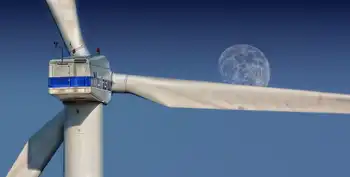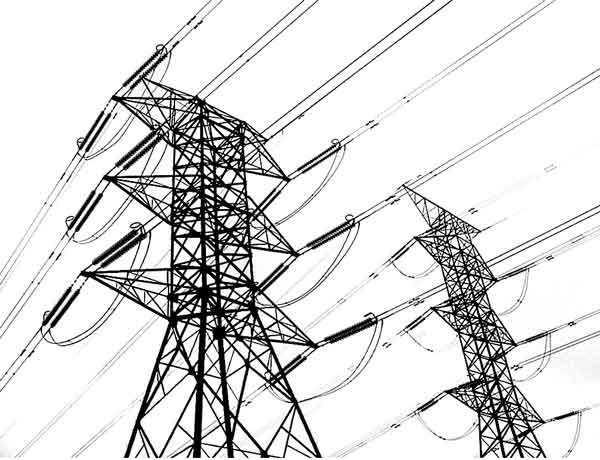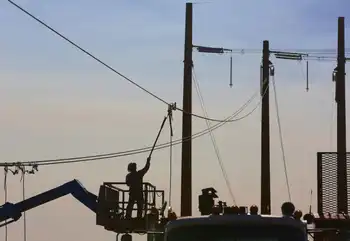Improving the U.S. power grid
By Arshad Mansoor, Washington Times
NFPA 70e Training - Arc Flash
Our customized live online or in‑person group training can be delivered to your staff at your location.

- Live Online
- 6 hours Instructor-led
- Group Training Available
But it needs to be smarter and it has to be smarter as we embark on a journey to transform the grid to enable a low-carbon future — reliably and affordably. That is the task we have set.
In its "Grid 2030" report, the U.S. Department of Energy said, "Electricity has the unique ability to convey both energy and information.Â…"
From this simple concept will spring an array of new technologies and information systems to transform today's grid into the smarter grid. The payback will come in the form of improved efficiency, responsiveness and capacity to deliver renewable energy, reliably.
Collaboration is the key to getting this done. Earlier this year, the Electric Power Research Institute (EPRI), through a collaborative process that involved getting input from a vast array of stakeholders, delivered a report to the National Institute of Standards and Technology outlining an interim road map for standards that will enable "interoperability" of smart grid components and information systems. Standards will be an essential component to unleash innovation for new products and services to transform the grid.
Beyond the broad road map, we must focus research and development on specific technologies. One example is synchrophasors, which will enable us to put an absolute time value on grid measurements across interconnections and to synchronize them.
It sounds obscure to the average electricity consumer, but in terms of knowing how the grid is performing at any given instant, this will prove enormously valuable in making the grid more efficient and reliable.
We also need to apply technologies that can continuously monitor the health of key components of the grid that are reaching the end of useful life. Predicting and anticipating failures of key grid components and taking corrective actions before these small failures cascade into a blackout are a transformational need for the next generation grid.
We need innovation not only on the transmission side but also on the distribution side, where the grid intersects with consumers. Taking advantage of the potential of distributed generation such as rooftop photovoltaic and distributed storage, either as a stationary source or as part of electric vehicles, will require a fundamental change in the way the distribution system has been designed to carry power only from central generating stations to consumers.
Distribution cannot be a one-way street but must be able to move electricity from thousands of these distributed sources across the grid, simultaneously balancing demand with a much more complex supply network.
As consumers switch to electric transportation, we must provide them a grid interface that will enable them to charge their batteries at the lowest price — and even provide them the opportunity to sell back to the grid the electricity that is stored in their cars' batteries. There will be a lot more to customer-utilities interactions than just a thermostat and power bill.
Houses of the future may be fitted with smart appliances that can be programmed to consume less when energy prices are high, changing demand patterns.
Smart meters — devices that can provide detailed energy use data from individual homes — will allow operators to track changes in consumption in real time, including charging electric vehicles. And because smart meters will facilitate communications in both directions, customers will be better able to plan their energy use according to cost and convenience.
A smart grid has to be built on the foundation of a robust grid. A transmission infrastructure connecting areas of highly available renewable energy, such as wind and solar, to the load centers is an essential prerequisite to unlock the potential of renewable resources. We, as a nation, must overcome the challenges of siting transmission lines. As we build this transmission infrastructure, it needs to be developed smartly.
The task we have set for ourselves is to transform the grid — from transmission to distribution to consumers' households and their appliances. To do this we must innovate, invest and build.
By transforming the way we think about the grid, we have already begun. Together, with enabling technologies, enabling policies and the cooperation of all stakeholders, we can and will meet this challenge.











